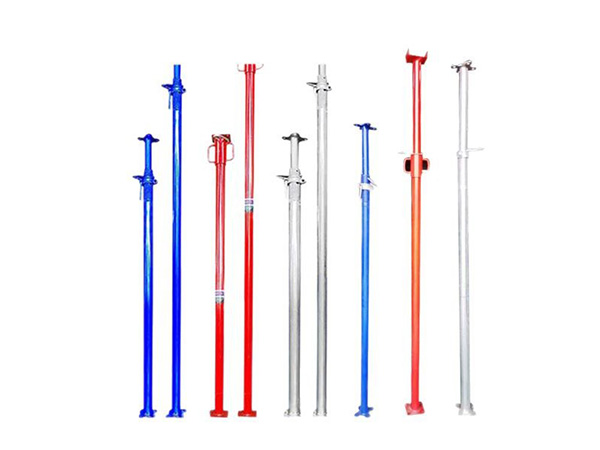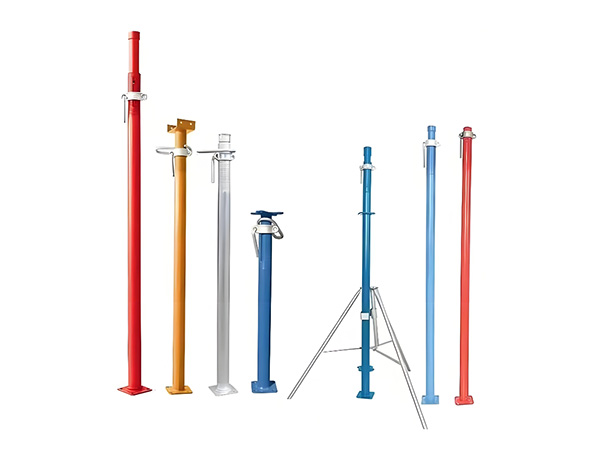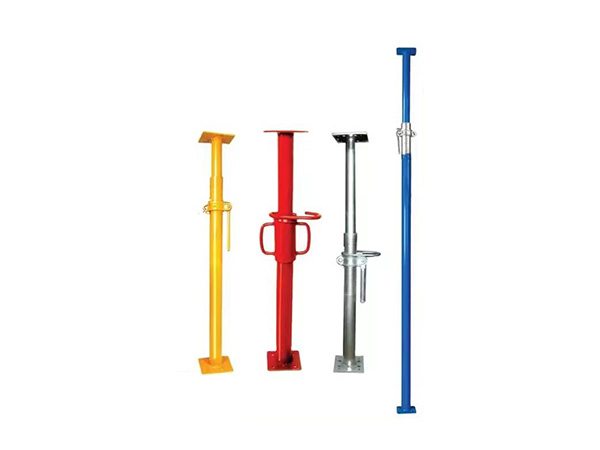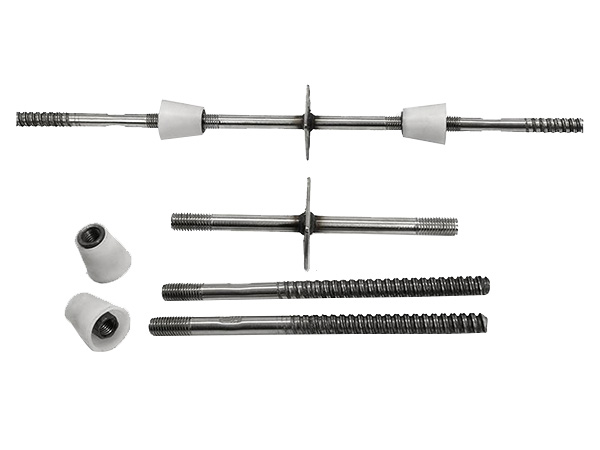- Site Navigation -
NEWS LIST
Wall-Tie Bolt in Construction: Definition, Uses, and Proper Installation
Author:yicheng Date:2025-09-30 12:55:19 Hits:141
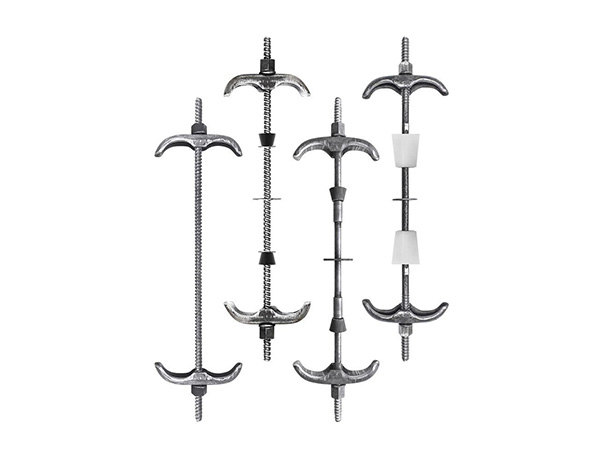
Every building relies on connectors that ensure durability and safety. One of the most critical of these small but powerful components is the Wall-Tie Bolt. From linking masonry walls to securing scaffolding, wall-tie bolts provide stability where it matters most.
As global infrastructure projects expand, contractors increasingly turn to bulk supply from China suppliers and factories to meet demand for reliable fastening solutions.

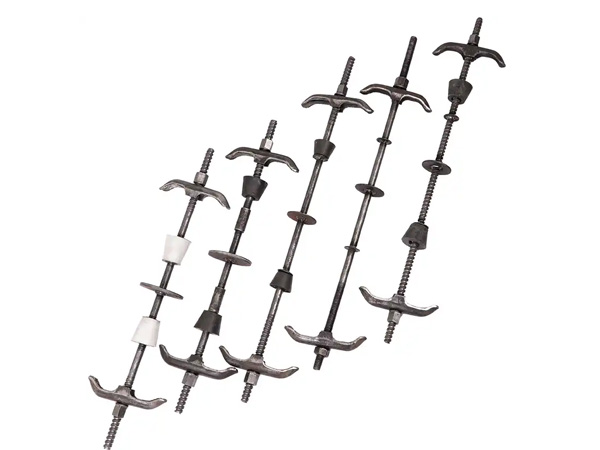
What Is a Wall-Tie Bolt?
A Wall-Tie Bolt is a specialized fastener used to join two structural elements, such as masonry walls, concrete panels, or scaffolding parts. Unlike standard bolts, it is designed to:
Anchor firmly into masonry or concrete.
Transfer loads between connected elements.
Resist lateral movement caused by external forces.
Support both temporary and permanent structural needs.
In short, the wall-tie bolt is the quiet workhorse that keeps walls aligned, scaffolds steady, and structures safe.
The Purpose of Wall-Tie Bolts
The key function of wall-tie bolts is to enhance safety and integrity in construction. Their role includes:
Wall Reinforcement – Tying masonry panels together to prevent cracking or separation.
Load Sharing – Distributing stress across structural components.
Wind and Seismic Resistance – Strengthening walls and scaffolding against environmental forces.
Longevity – When properly installed, wall-tie bolts extend the lifespan of walls and frameworks.
Without wall-tie bolts, structures would be far more vulnerable to shifting, cracking, and even collapse.
Common Types of Wall-Tie Bolts
Different site conditions call for different types of wall-tie bolts:
Mechanical Tie Bolts – Heavy-duty, secure fasteners for high-stress points.
Expansion Tie Bolts – Anchor tightly into masonry by expanding as they are tightened.
Adjustable Tie Bolts – Offer installation flexibility for walls of varying thickness.
Though they differ in design, all types share one mission: providing reliable structural support.
How to Install a Wall-Tie Bolt
Proper installation determines the effectiveness of a wall-tie bolt. Recommended steps include:
Determine Placement – Mark the points where reinforcement is required.
Drill a Pilot Hole – Match drill size to the bolt specification.
Insert the Bolt – Place the wall-tie bolt securely into the opening.
Tighten Correctly – Apply enough torque to lock the bolt firmly in place.
Verify Stability – Check alignment and ensure both walls or elements are fully secured.
Accurate installation ensures the bolt performs its intended function for years to come.
Advantages of Using Wall-Tie Bolts
Why are wall-tie bolts favored by builders worldwide?
Safety First: They protect against wall failure and scaffolding instability.
Versatile Use: Suitable for masonry, concrete, steel, and scaffolding.
Fast Assembly: Simple installation reduces labor costs.
Budget-Friendly: Contractors can save significantly by sourcing from a China factory with bulk supply.
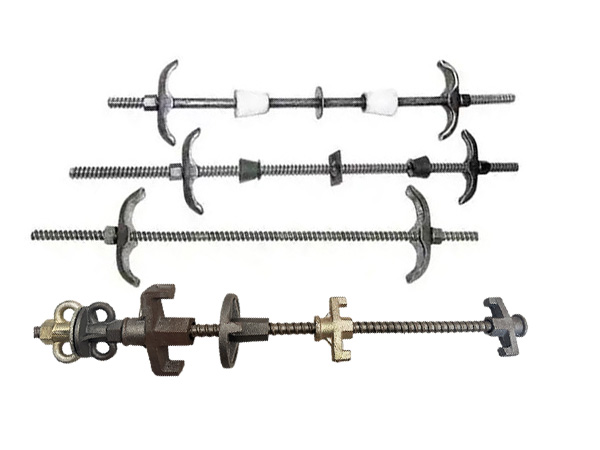
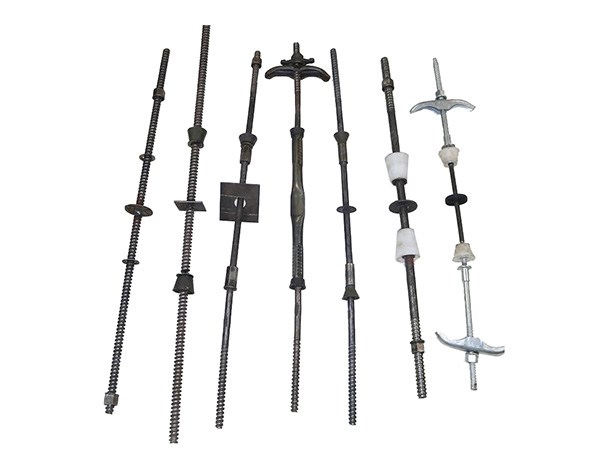
Where Wall-Tie Bolts Are Used
The applications for wall-tie bolts are diverse:
Residential construction – Reinforcing brick or block walls.
Commercial buildings – Securing curtain walls and partitions.
Scaffolding systems – Providing stability to temporary structures.
Infrastructure projects – Bridges, tunnels, and industrial facilities.
From everyday housing projects to large civil works, wall-tie bolts quietly support structures around the world.
Why Source Wall-Tie Bolts from China?
Contractors often prefer China suppliers for several reasons:
Competitive Pricing – Affordable even in large quantities.
High Volume Capacity – Ability to fulfill bulk orders without delays.
Quality Standards – Produced under international safety and performance guidelines.
Direct Manufacturer Access – Ordering from a China factory cuts out middlemen, saving costs and ensuring supply consistency.
This combination of affordability and reliability makes China the go-to source for global construction materials.
Conclusion
The Wall-Tie Bolt may not be the most visible construction part, but it is absolutely essential. By reinforcing walls, distributing loads, and providing resistance to wind or seismic events, it plays a critical role in safety and durability.
For project managers looking to balance quality with cost efficiency, choosing a China supplier or factory with bulk supply capabilities is a practical solution. In construction, strong connections are the foundation of strong structures — and with the right wall-tie bolts, every build becomes safer and more reliable.
References
GB/T 7714:Lam C Y, Masia M, Chaves I, et al. Assessing Wall Tie Deterioration in Masonry Veneer Wall Through Vibration-Based Damage Identification Methods[J]. Buildings, 2025, 15(8): 1226.
MLA:Lam, Chee Yin, et al. "Assessing Wall Tie Deterioration in Masonry Veneer Wall Through Vibration-Based Damage Identification Methods." Buildings 15.8 (2025): 1226.
APA:Lam, C. Y., Masia, M., Chaves, I., Hossain, M. A., & Vazey, J. (2025). Assessing Wall Tie Deterioration in Masonry Veneer Wall Through Vibration-Based Damage Identification Methods. Buildings, 15(8), 1226.







